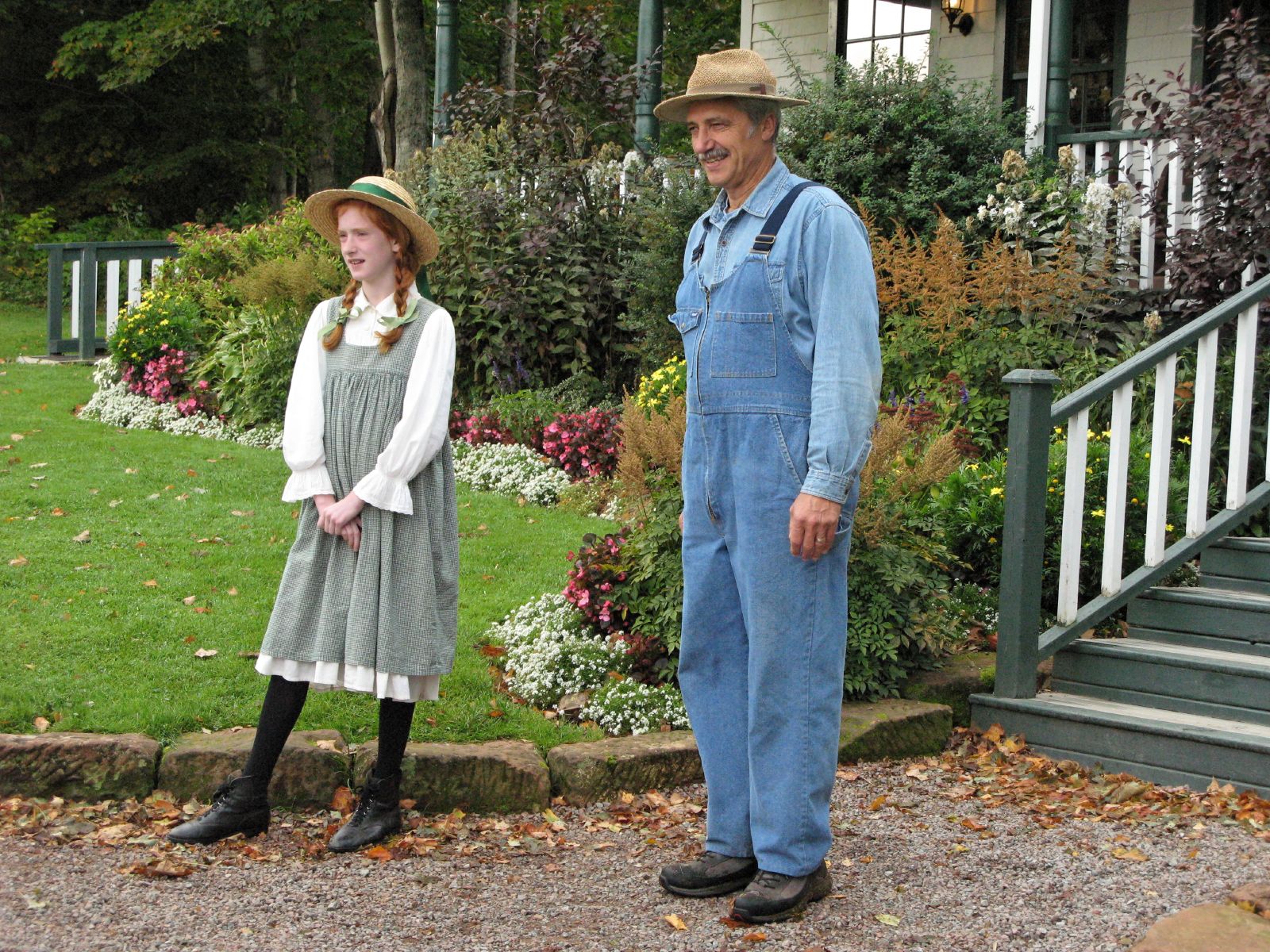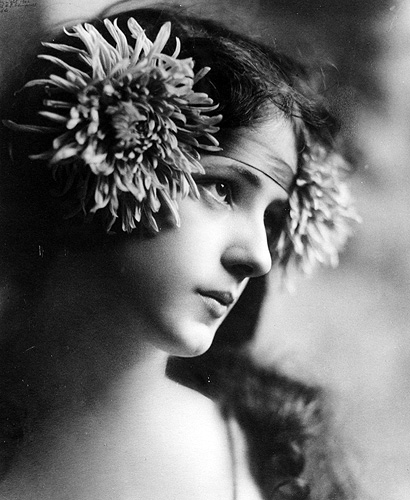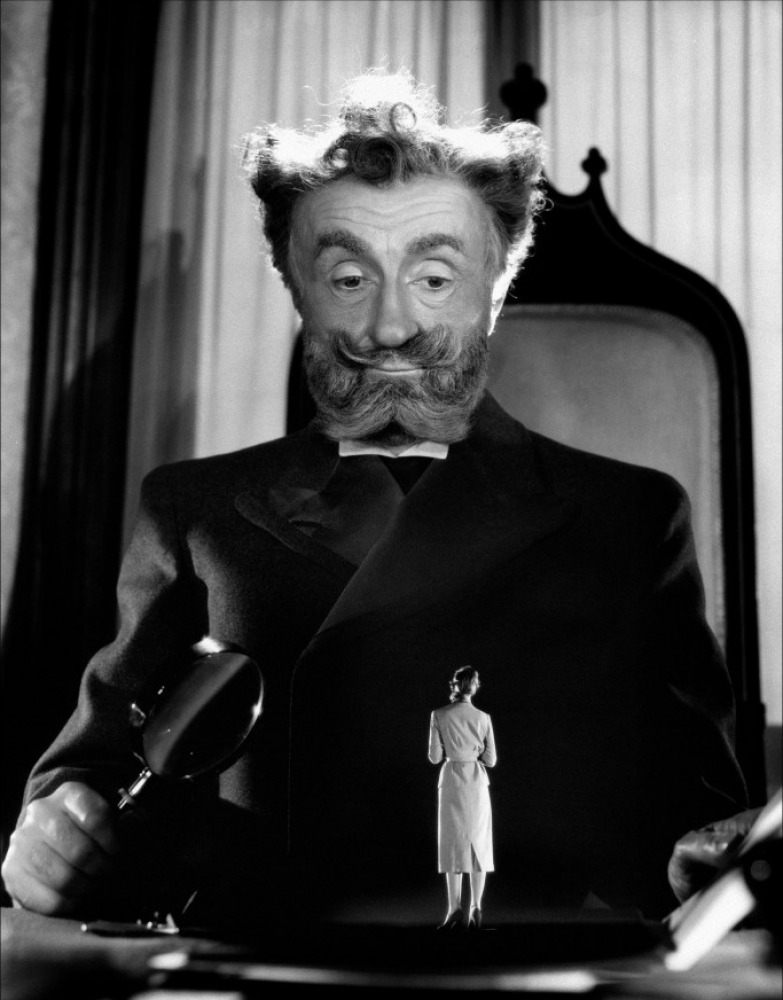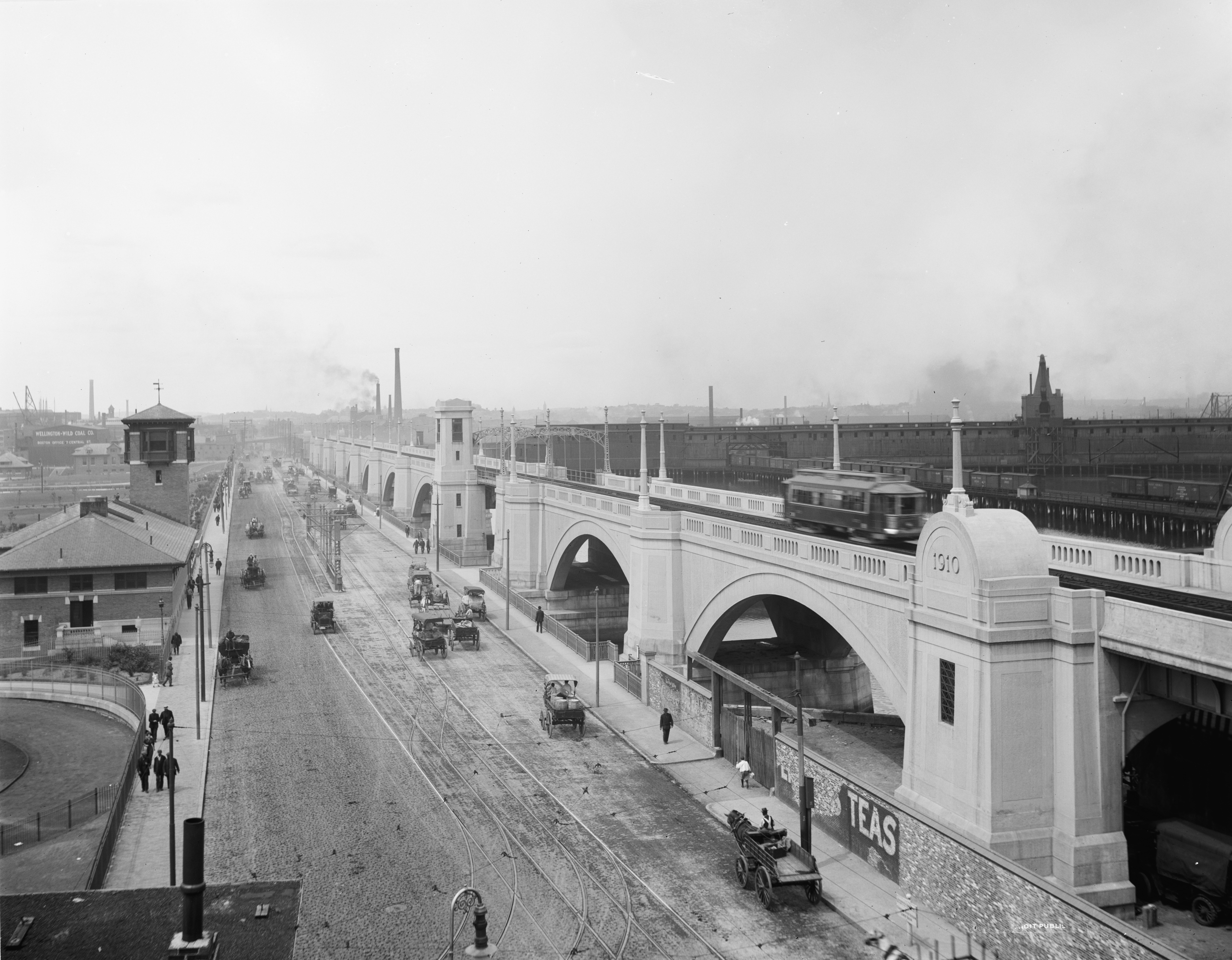|
Museum Theatre
Museum theatre is the use of theatre and theatrical techniques by a museum for educational, informative, and entertainment purposes. It can also be used in a zoo, an aquarium, an art gallery, and at historic sites. It is generally performed by professional actors. Varieties of museum theatre include historical characters, puppetry, movement and music. Overview Actors portraying historical characters perform in first person, as if he or she were an actual person from the era or culture he or she is representing. With puppetry, actors can tell stories, create multiple characters, and portray a variety of cultures. Theatrical techniques can be used for third-person interpretation, where an actor or trained presenter uses costumes, props. lighting, or special effects to convey historical or scientific facts, without necessarily portraying a character. Museum theatre pioneers include the Science Museum of Minnesota, the Museum of Science, Boston, the National Gallery of Art, a ... [...More Info...] [...Related Items...] OR: [Wikipedia] [Google] [Baidu] |
Anne Of Green Gables
''Anne of Green Gables'' is a 1908 novel by Canadian author Lucy Maud Montgomery (published as L. M. Montgomery). Written for all ages, it has been considered a classic children's novel since the mid-20th century. Set in the late 19th century, the novel recounts the adventures of Anne Shirley, an 11-year-old orphan girl, who is sent by mistake to two middle-aged siblings, Matthew and Marilla Cuthbert, who had originally intended to adopt a boy to help them on their farm in the fictional town of Avonlea in Prince Edward Island, Canada. The novel recounts how Anne makes her way through life with the Cuthberts, in school, and within the town. Since its publication, ''Anne of Green Gables'' has been translated into at least 36 languages and has sold more than 50 million copies, making it one of the best-selling books worldwide. It was the first of many novels; Montgomery wrote numerous sequels, and since her death another sequel has been published, as well as an authorized prequel ... [...More Info...] [...Related Items...] OR: [Wikipedia] [Google] [Baidu] |
Participatory Theatre
Participatory theatre is a form of theatre in which the audience interacts with the performers or the presenters. Participatory theatre is often used with very young audiences, allowing babies and toddlers to join in with the action. Despite a long history and traditions of audience participation within genres such as music hall and pantomime, fully participatory theatre is still sometimes viewed as avant-garde. In a typical participatory production, performers may socialise with audience members before the show while seating them, then surprise these spectators by inviting them to the stage. Audience members may be given dialogue to read (as written text, or via an earpiece in some cases). They may be invited to participate in an activity or game. Classroom and lecture exercises often include participatory elements, though are not usually considered theatre. Companies producing participatory work include National Theatre Wales,Lyn Gardne"Theatre needs to show more community spirit ... [...More Info...] [...Related Items...] OR: [Wikipedia] [Google] [Baidu] |
Science Museum (London)
The Science Museum is a major museum on Exhibition Road in South Kensington, London. It was founded in 1857 and is one of the city's major tourist attractions, attracting 3.3 million visitors annually in 2019. Like other publicly funded national museums in the United Kingdom, the Science Museum does not charge visitors for admission, although visitors are requested to make a donation if they are able. Temporary exhibitions may incur an admission fee. It is one of the five museums in the Science Museum Group. Founding and history The museum was founded in 1857 under Bennet Woodcroft from the collection of the Royal Society of Arts and surplus items from the Great Exhibition as part of the South Kensington Museum, together with what is now the Victoria and Albert Museum. It included a collection of machinery which became the ''Museum of Patents'' in 1858, and the ''Patent Office Museum'' in 1863. This collection contained many of the most famous exhibits of what is now t ... [...More Info...] [...Related Items...] OR: [Wikipedia] [Google] [Baidu] |
Special Effects
Special effects (often abbreviated as SFX, F/X or simply FX) are illusions or visual tricks used in the theatre, film, television, video game, amusement park and simulator industries to simulate the imagined events in a story or virtual world. Special effects are traditionally divided into the categories of mechanical effects and optical effects. With the emergence of digital film-making a distinction between special effects and visual effects has grown, with the latter referring to digital post-production and optical effects, while "special effects" refers to mechanical effects. Mechanical effects (also called practical or physical effects) are usually accomplished during the live-action shooting. This includes the use of mechanized props, scenery, scale models, animatronics, pyrotechnics and atmospheric effects: creating physical wind, rain, fog, snow, clouds, making a car appear to drive by itself and blowing up a building, etc. Mechanical effects are also often inco ... [...More Info...] [...Related Items...] OR: [Wikipedia] [Google] [Baidu] |
Narrative
A narrative, story, or tale is any account of a series of related events or experiences, whether nonfictional (memoir, biography, news report, documentary, travel literature, travelogue, etc.) or fictional (fairy tale, fable, legend, thriller (genre), thriller, novel, etc.). Narratives can be presented through a sequence of written or spoken words, through still or moving images, or through any combination of these. The word derives from the Latin verb ''narrare'' (to tell), which is derived from the adjective ''gnarus'' (knowing or skilled). Narration (i.e., the process of presenting a narrative) is a rhetorical modes, rhetorical mode of discourse, broadly defined (and paralleling argumentation, description, and exposition (narrative), exposition), is one of four rhetorical modes of discourse. More narrowly defined, it is the fiction-writing mode in which a narrator communicates directly to an audience. The school of literary criticism known as Russian formalism has applied metho ... [...More Info...] [...Related Items...] OR: [Wikipedia] [Google] [Baidu] |
Costume
Costume is the distinctive style of dress or cosmetic of an individual or group that reflects class, gender, profession, ethnicity, nationality, activity or epoch. In short costume is a cultural visual of the people. The term also was traditionally used to describe typical appropriate clothing for certain activities, such as riding costume, swimming costume, dance costume, and evening costume. Appropriate and acceptable costume is subject to changes in fashion and local cultural norms. This general usage has gradually been replaced by the terms "dress", "attire", "robes" or "wear" and usage of "costume" has become more limited to unusual or out-of-date clothing and to attire intended to evoke a change in identity, such as theatrical, Halloween, and mascot costumes. Before the advent of ready-to-wear apparel, clothing was made by hand. When made for commercial sale it was made, as late as the beginning of the 20th century, by "costumiers", often women who ran businesses that ... [...More Info...] [...Related Items...] OR: [Wikipedia] [Google] [Baidu] |
Characterization
Characterization or characterisation is the representation of persons (or other beings or creatures) in narrative and dramatic works. The term character development is sometimes used as a synonym. This representation may include direct methods like the attribution of qualities in description or commentary, and indirect (or "dramatic") methods inviting readers to infer qualities from characters' actions, dialogue, or appearance. Such a personage is called a character. Character is a literary element. History The term ''characterization'' was introduced in the 19th century.Harrison (1998, pp. 51-2) Aristotle promoted the primacy of plot over characters, that is, a plot-driven narrative, arguing in his ''Poetics'' that tragedy "is a representation, not of men, but of action and life." This view was reversed in the 19th century, when the primacy of the character, that is, a character-driven narrative, was affirmed first with the realist novel, and increasingly later with the inf ... [...More Info...] [...Related Items...] OR: [Wikipedia] [Google] [Baidu] |
Van De Graaff Generator
A Van de Graaff generator is an electrostatic generator which uses a moving belt to accumulate electric charge on a hollow metal globe on the top of an insulated column, creating very high electric potentials. It produces very high voltage direct current (DC) electricity at low current levels. It was invented by American physicist Robert J. Van de Graaff in 1929. The potential difference achieved by modern Van de Graaff generators can be as much as 5 megavolts. A tabletop version can produce on the order of 100 kV and can store enough energy to produce visible electric sparks. Small Van de Graaff machines are produced for entertainment, and for physics education to teach electrostatics; larger ones are displayed in some science museums. The Van de Graaff generator was originally developed as a particle accelerator for physics research, as its high potential can be used to accelerate subatomic particles to great speeds in an evacuated tube. It was the most powerful type of accelera ... [...More Info...] [...Related Items...] OR: [Wikipedia] [Google] [Baidu] |
Museum Of Science (Boston)
The Museum of Science (MoS) is a science museum and indoor zoo in Boston, Massachusetts, located in Science Park, a plot of land spanning the Charles River. Along with over 700 interactive exhibits, the museum features a number of live presentations throughout the building every day, along with shows at the Charles Hayden Planetarium and the Mugar Omni Theater, the only domed IMAX screen in New England. The museum is also an accredited member of the Association of Zoos and Aquariums (AZA) and is home to over 100 animals, many of which have been rescued and rehabilitated. History Origin and early years The museum began as the Boston Society of Natural History in 1830, founded by a collection of men who wished to share scientific interests. Their first meeting was held on February 9, 1830 with seven original members in attendance: Walter Channing, Benjamin D. Greene, George Hayward, John Ware, Edward Brooks, Amos Binney, and George B. Emerson. It was more commonly called t ... [...More Info...] [...Related Items...] OR: [Wikipedia] [Google] [Baidu] |
New England Aquarium
The New England Aquarium is a public aquarium located in Boston, Massachusetts. The species exhibited include harbor and northern fur seals, California sea lions, African and southern rockhopper penguins, giant Pacific octopuses, weedy seadragons, and thousands of saltwater and freshwater fishes. In addition to the main aquarium building, attractions at Central Wharf include the Simons Theatre and the New England Aquarium Whale Watch. More than 1.3 million guests visited the aquarium each year prior to the outbreak of the COVID-19 pandemic. The Anderson Cabot Center for Ocean Life at the New England Aquarium conducts long-running research on the North Atlantic right whale, and its Quincy Animal Care Center rescues and rehabilitates hundreds of sea turtles annually. History Boston has had multiple aquariums since the 1880s, the last before the New England Aquarium being the South Boston Aquarium at Marine Park, which closed its doors in the 1950s. As part of the city’s goal ... [...More Info...] [...Related Items...] OR: [Wikipedia] [Google] [Baidu] |
Craft
A craft or trade is a pastime or an occupation that requires particular skills and knowledge of skilled work. In a historical sense, particularly the Middle Ages and earlier, the term is usually applied to people occupied in small scale production of goods, or their maintenance, for example by tinkers. The traditional term ''craftsman'' is nowadays often replaced by ''artisan'' and by ''craftsperson'' (craftspeople). Historically, the more specialized crafts with high-value products tended to concentrate in urban centers and formed guilds. The skill required by their professions and the need to be permanently involved in the exchange of goods often demanded a generally higher level of education, and craftsmen were usually in a more privileged position than the peasantry in societal hierarchy. The households of craftsmen were not as self-sufficient as those of people engaged in agricultural work, and therefore had to rely on the exchange of goods. Some crafts, especially in ... [...More Info...] [...Related Items...] OR: [Wikipedia] [Google] [Baidu] |
Zoos
A zoo (short for zoological garden; also called an animal park or menagerie) is a facility in which animals are kept within enclosures for public exhibition and often bred for conservation purposes. The term ''zoological garden'' refers to zoology, the study of animals. The term is derived from the Greek , , 'animal', and the suffix , , 'study of'. The abbreviation ''zoo'' was first used of the London Zoological Gardens, which was opened for scientific study in 1828 and to the public in 1847."Landmarks in ZSL History" , Zoological Society of London. In the alone, zoos are visited by over 181 million people annually. Etymology [...More Info...] [...Related Items...] OR: [Wikipedia] [Google] [Baidu] |





_IMG_0321.jpg)

